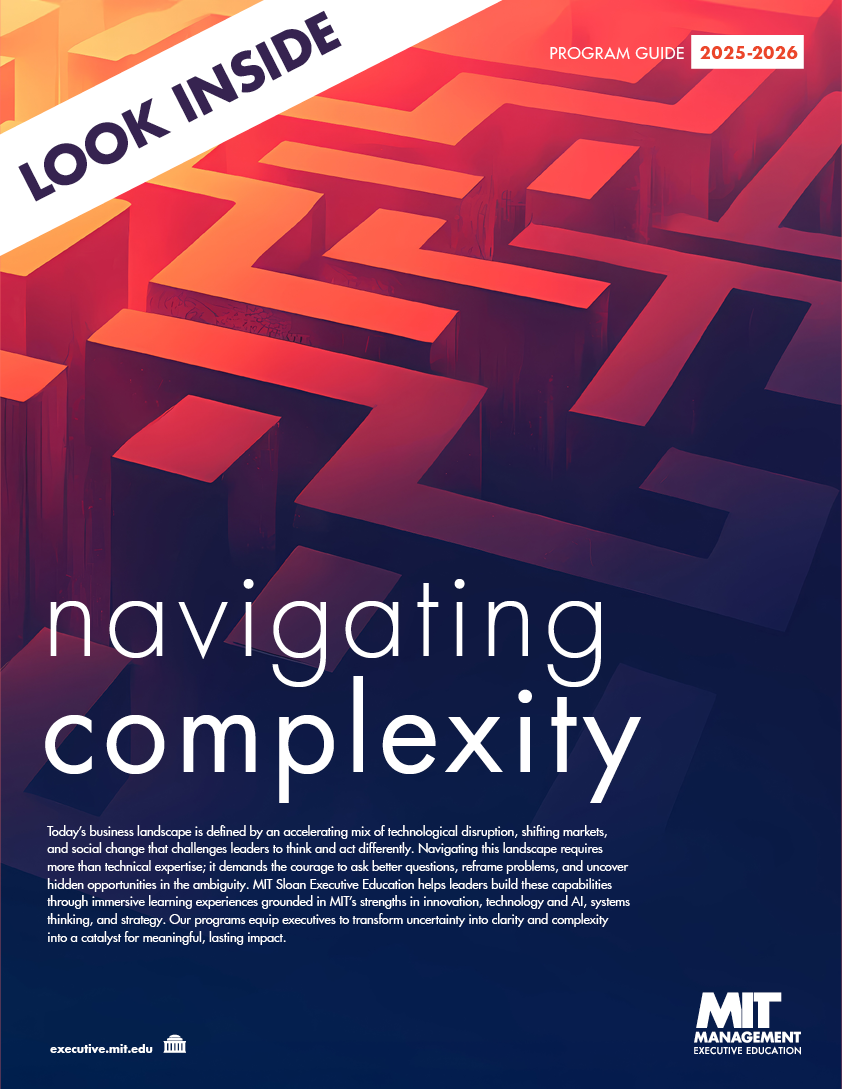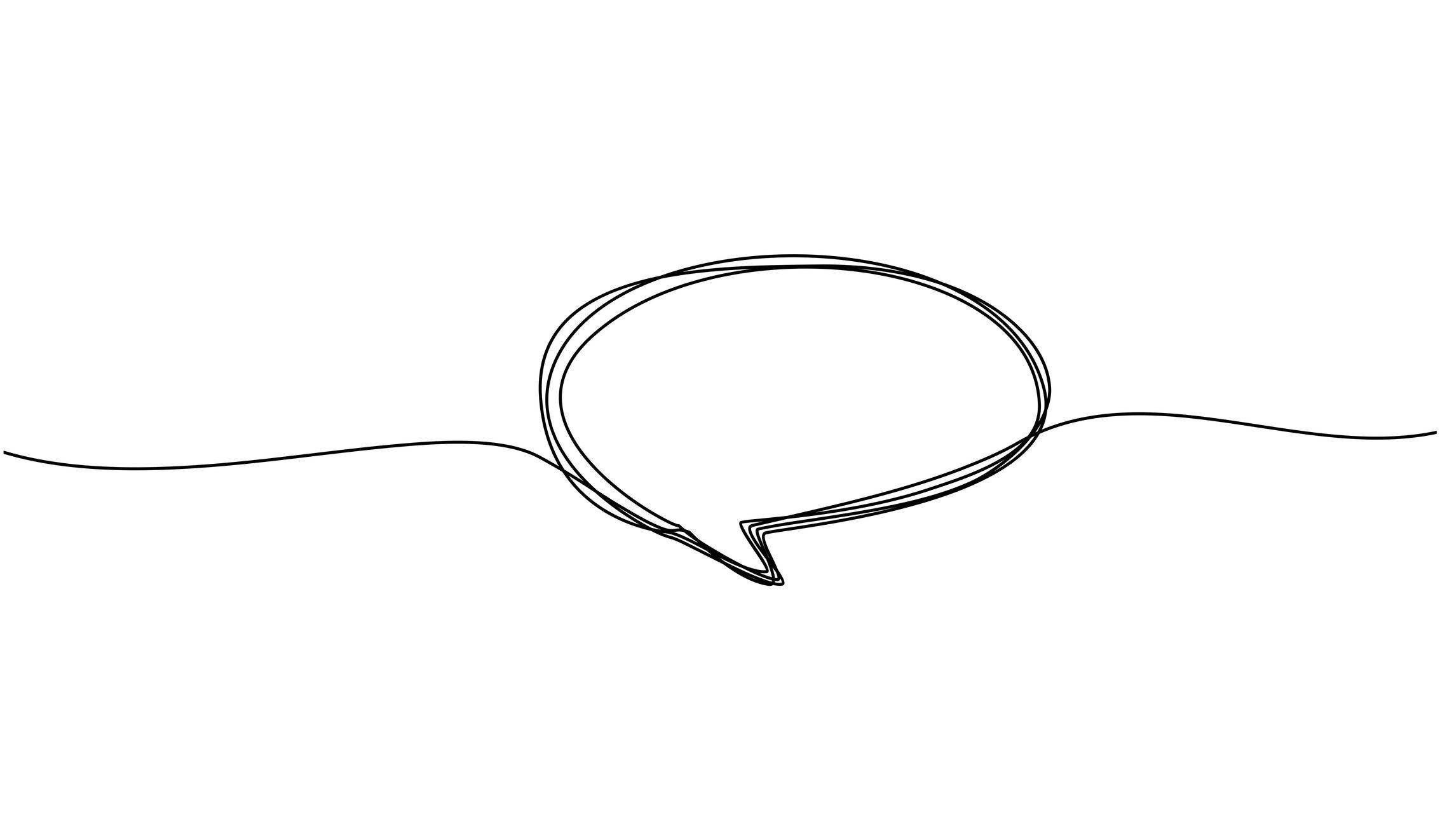The research conducted by MIT Sloan Professor Jared Curhan and his colleagues Jennifer Overbeck of Melbourne Business School, Yeri Cho of the University of La Verne, Teng Zhang of Penn State Harrisburg, and Yu Yang of Shanghai Tech University suggests extended silence during negotiations leads to better results for both parties. Their recently published article in the Journal of Applied Psychology, “Silence is golden: Extended silence, deliberative mindset, and value creation in negotiation,” reveals a direct correlation between naturally occurring silent pauses lasting at least three seconds (extended silence) and value creation behaviors and outcomes. The findings of their research have practical applications for everyday negotiations.
"Pausing silently can be a simple yet very effective tool to help negotiators shift from fixed pie thinking to a more reflective state of mind."

Why is silence so effective?
“When put on the spot to respond to a tricky question or comment, negotiators often feel as though they must reply immediately so as not to appear weak or disrupt the flow of the negotiation,” says Curhan, who leads the MIT Sloan Executive Education course Negotiation for Executives.
“However, our research suggests that pausing silently can be a simple yet very effective tool to help negotiators shift from fixed pie thinking to a more reflective state of mind. This, in turn, leads to the recognition of golden opportunities to expand the proverbial pie and create value for both sides.”
The research consists of four studies. In the first study, the research team explored the effect of silence as it occurs naturally in a negotiation. Participants arrived at a laboratory two at a time and were randomly assigned to one of two roles—candidate or recruiter—in a negotiation simulation. The candidate and recruiter had to negotiate over multiple issues concerning the candidate's employment compensation package.
Using a computer algorithm to measure intervals of silence lasting at least three seconds, the team found that periods of silence tended to precede breakthroughs in the negotiation. In fact, breakthroughs were more likely to occur after silent pauses than at any other point in the negotiation.
The three other experiments looked at how people can use silence as a strategy. Again, participants were randomly assigned roles in an employment negotiation; but for these studies, at least one party was privately instructed to add silent pauses to their negotiation. After the negotiation, participants were asked to report their outcomes and the extent to which they experienced a deliberative mindset. The researchers found that when silence was used as a tactic, the silence user tended to adopt a deliberative mindset and was more likely to recognize opportunities for both sides to get more of what they wanted. According to Curhan, silence affords the initiator the chance to think more deeply about the problem and therefore enlarge the pie in an efficient way.
Negotiation doesn’t have to be a tug-of-war
“In conventional wisdom, negotiation is seen as a tug of war—any gain to one side reflects a loss to the other,” Curhan says. “But it doesn’t have to be a battle and the pie isn’t necessarily fixed. There are creative ways to address conflicts and there is more room for agreement than people assume. Our study shows that one way to find that room and spark that resourcefulness is through silence.” Giving both sides the opportunity to reflect, process their thoughts, and be silent can make for a better outcome for everyone involved in the negotiation.
Successful negotiation requires self-awareness, preparation, and practice. Curhan’s Negotiation for Executives course provides participants with extensive personalized feedback, tips for efficient pre-negotiation planning, and many opportunities to practice and hone negotiation skills.








